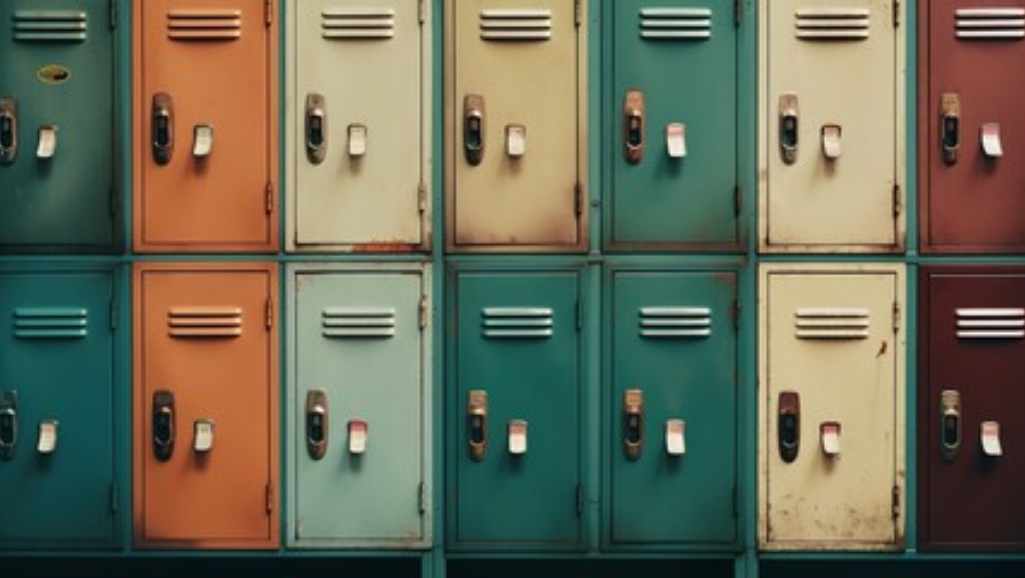Are your classroom cupboards a chaotic mess? Don’t worry, you’re not alone! Organizing your cupboards is a practical and essential task that will save you time and stress. By following a few simple steps, you can transform your cupboards into a well-organized and efficient space. In this article, we will guide you through the process of sorting, decluttering, labeling, and maximizing space to create an organized classroom environment. Get ready to take control of your cupboards and make your teaching life easier!
Sort and Declutter
Start by removing any unnecessary items from your classroom cupboards. Sorting and decluttering is the first step towards efficient storage solutions and streamlining your classroom inventory. Take some time to assess the items in your cupboards and determine what is essential and what can be discarded or donated. Begin by emptying out each cupboard and categorizing the items into different piles. Separate items that are frequently used and necessary for daily classroom activities from those that are rarely used or no longer serve a purpose. Consider if any items can be replaced with more compact or multipurpose alternatives to maximize space.
As you sort through the items, keep in mind the overall organization of your classroom. Group similar items together and use clear containers or bins to keep things organized and easily accessible. Label each container with its contents to avoid confusion and save time when searching for specific materials. Utilize vertical space by installing shelves or hanging organizers to make the most of your cupboard space.
Label and Categorize Supplies
Label each supply container and categorize the items in your classroom cupboards for efficient organization. This step is crucial for inventory management and ensuring that you can easily find what you need when teaching. By labeling and categorizing supplies, you create a system that allows for easy identification and retrieval of items. Here is an example of how you can categorize your supplies:
| Category | Label | Items |
|---|---|---|
| Writing Tools | Drawer 1 | Pencils, pens, markers, highlighters |
| Art Supplies | Drawer 2 | Paint, brushes, scissors, glue |
| Paper Products | Drawer 3 | Notebooks, loose leaf paper, construction paper |
| Classroom Aids | Drawer 4 | Whiteboard markers, erasers, calculators |
| Miscellaneous | Drawer 5 | Tape, stapler, paper clips, rubber bands, magnets |
Utilize Storage Bins and Containers
To further optimize the organization of your classroom cupboards, make use of storage bins and containers. Utilizing clear containers can be a game-changer when it comes to maintaining an organized space. With clear containers, you can easily see the contents without having to rummage through each one. This saves time and eliminates the frustration of searching for specific items. Plus, clear containers allow for easy labeling, ensuring that everything has a designated place.
Another great storage solution is to utilize hanging organizers. These can be hung on the inside of cupboard doors, maximizing the vertical space and making it easier to access frequently used items. Hanging organizers can be used to store art supplies, stationery, or even small books. This keeps them within reach and prevents them from getting lost or damaged.
When choosing storage bins and containers, opt for ones that are durable and stackable. This will not only save space but also make it easier to reach items stored on higher shelves. Additionally, consider using color-coded containers for different categories of supplies. This visual cue can help students easily identify where items belong and maintain the organization system.
Maximize Shelf Space
Make the most of your shelf space by stacking items vertically and utilizing adjustable shelving units. When it comes to maximizing shelf space in your classroom cupboards, it’s important to think creatively and efficiently. One of the most effective ways to do this is by using creative storage solutions. By thinking outside the box and finding unique ways to organize your supplies, you can make the most of every inch of shelf space.
One strategy for maximizing shelf space is to stack items vertically. Instead of placing items side by side, consider stacking them on top of each other. This not only saves space but also allows for easier access to items at the back of the shelf. You can use sturdy storage bins or baskets to create vertical stacks and keep your supplies organized.
Another way to maximize shelf space is by utilizing adjustable shelving units. These units allow you to customize the height of each shelf, so you can accommodate items of different sizes. By adjusting the shelves to fit the height of your supplies, you can make sure that no space is wasted.
In addition to stacking items vertically and using adjustable shelving units, it’s important to have an efficient shelf layout. Group similar items together and place them in designated areas. This makes it easier to find what you need and helps maintain a neat and organized cupboard.
Maintain and Update Regularly
- Regularly assess and update the contents of your classroom cupboards to ensure they remain organized and efficient. Regular cleaning and inventory management are crucial to maintaining an orderly and functional classroom environment. By following these practices, you can avoid clutter, prevent the accumulation of unnecessary items, and ensure that essential supplies are always readily available.
Start by setting aside dedicated time each month to clean and organize your cupboards. Remove items from the shelves, wipe them down, and inspect them for any damage. Dispose of any expired or damaged materials and make a note to replenish them. Take inventory of the remaining supplies and update your records accordingly. This will help you keep track of what you have and what you need to restock.
In addition, consider implementing a labeling system to facilitate easy identification of items. This can save you time during busy periods and make it simpler for students to locate materials independently. Regularly review and adjust the labels as needed to accommodate any changes in your teaching materials or curriculum.



